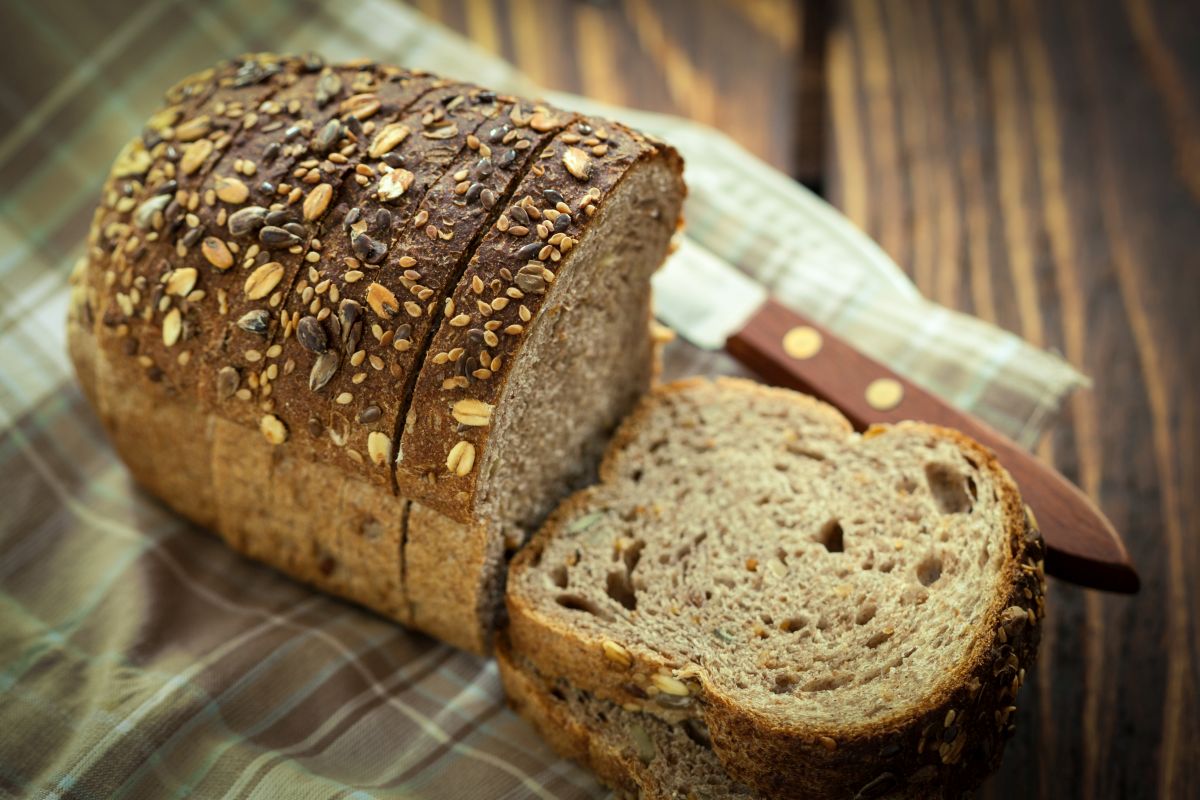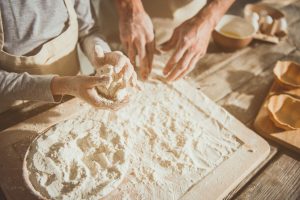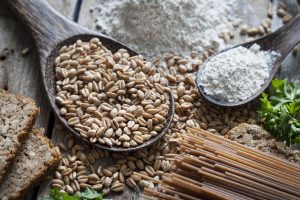Gram Flour: The unsung hero of pantries and beauty cabinets
Discover the myriad benefits of gram flour, from glowing skin and luscious hair to nutritional perks and healthy pet treats. An indispensable element in every household!
If few batters and dough are not allowed to relax before cooking or baking, they will produce a rubbri tuff product that is not worthy to eat.

(Representational Image: Getty Images)
It is important to give rest to few dough and batters before starting preparing some dish, bread or snack out of them. Some batters require more resting than others depending upon the properties of the flour it is made of. Also, dough and batters should be well covered by cotton cloth and then a plastic sheet to turn out to be perfect. This precludes the formation of a crust which damages the dough or batter. Given the few minutes rest, the gluten in the loaves or batters relaxes and the final structure created by rounding consolidates itself. Gently re-round them, applying just enough tension to encourage the chains to re-integrate and consolidate even further. It will give a nicely supportive texture to the external skin too.
Resting allows the batter to swell and gives it a thicker and more viscous consistency. It allows lumps of the flour to slowly dissolve to make a more fluffy and flavourful batter. While mixing the dry flour with any wet ingredient creates gluten, resting lets the gluten relax, so that the food items you make do not become chewy or hard.
Advertisement
Give few flours time to absorb moisture and produce a velvety texture and thus a mind-blowing food stuff as the final outcome.
Advertisement
Gram flour:

So many ethnic dishes from all over India are made of gram flour (also known as chickpea flour or besan). A liquid batter is prepared first to make authentic pakoras, healthy cheelas and other delicious snacks and dishes. Pour little lemon juice into the flour and then start adding water very slowly as you whisk with a fork. If you want to prepare a batter which has the consistency of thick cream, add just enough water as required, stirring to fully combine. Cover the batter and give a rest of twenty-thirty minutes. You can make soft and fluffy vegetable pakoras, bread pakoras, vegetable cheela, paneer cheela and many more snacks from this chickpea batter.
All-purpose flour:

Food preparations like naan, roomali roti, samosa, kachori, matthi etc. use all-purpose flour. This flour when converted into dough needs a rest of few hours before proceeding to cooking. During the resting period, starch molecules in the flour absorb the liquid in the dough. This causes them to swell and gives the dough a softer and smoother texture. Any gluten formed during the preparation of dough or batter also gets time to relax. This resting step ensures a perfect and uniform structure to the finished food item.
Wheat flour:

If you are making chapatti or paratha, using a dough made of 100 percent wheat flour and water only, resting time of about 20 to 30 minutes is of vital importance. This amount of time is perfect for gluten formation which will elevate the texture and taste of the breads. Use just enough water to make soft and pliable dough. A tight or a loose dough will make it difficult to roll the chapattis and they will turn out to be hard. After the perfect consistency of the dough, allowing it to rest for 20 to 30 minutes is essential to make soft and delicious chapattis.
Water chestnut flour:

Water chestnut flour is mainly used in preparing fasting foods. Be it chestnut pakoras, pooris, parathas or pancakes, when water is added to this flour to make batter or dough, mix it well and keep it aside to rest for at least an hour. Only then it will result in softer snacks and parathas.
Allowing to rest is a distinct advantage given to few flours to work their best. The resulting dishes will be more fine in texture and perfect in taste.
Advertisement